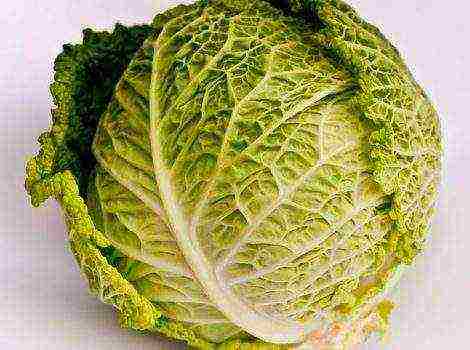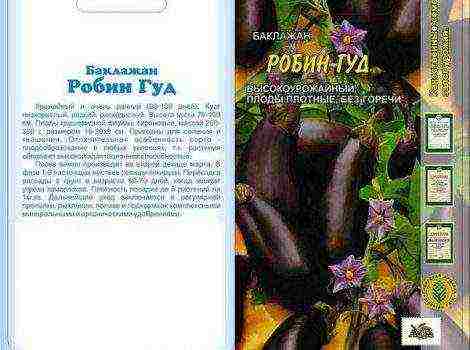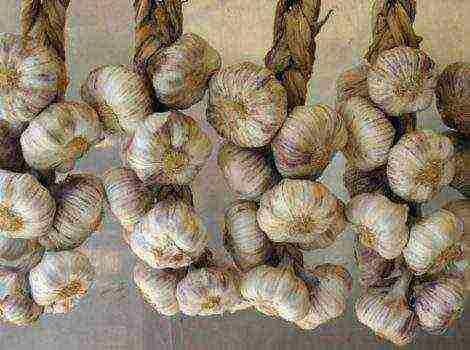Content
The best herbicides for sunflower after germination
Sunflower is a valuable agricultural crop for the preparation of oil on an industrial scale. Silage is prepared from this culture; it is used as feed for cattle. Lack of attention to the issue of protecting crops from weeds significantly reduces crop yield, therefore, after emergence, it is necessary to use herbicides
The essence of the use of herbicides after the emergence of sunflower seedlings
A feature of sunflower cultivation is that in the initial stage they develop more slowly than grass sprouts... This happens more often when growing hybrids of highly productive, undersized varieties.
Weeds compete with crops for moisture and nutrients. The growth rate of weeds significantly outstrips the growth rate of sunflowers at prolonged low temperatures.
Clogging of fields reduces the productivity of the crop during the growing season, provokes the occurrence of fungal diseases and infections.
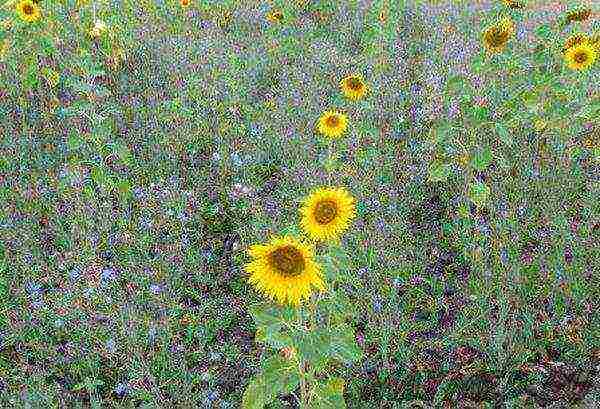
It is especially important that the planting first 1.5 months, before the start of the mass growth of seedlings, were free of weeds... When the 5th leaf is formed on the sunflower and the rows begin to close, most of the weeds will be safe.
For the destruction of weeds, special chemicals were invented - herbicides.
Types of herbicides
In the modern cultivation of sunflowers, only registered, approved preparations are used, intended for the elimination of dicotyledonous and cereal weeds. They are introduced before sowing or after germination.
Chemicals are classified as follows.
Pre-emergence
The drug is used between sowing and seed germination... Germination of sunflower seeds occurs 1.5-2 weeks after sowing. At the beginning of growth, the level of illumination, moisture, soil nutrition is important, at this time the level of crop yield is laid. Early weed control will have a positive impact on the result.
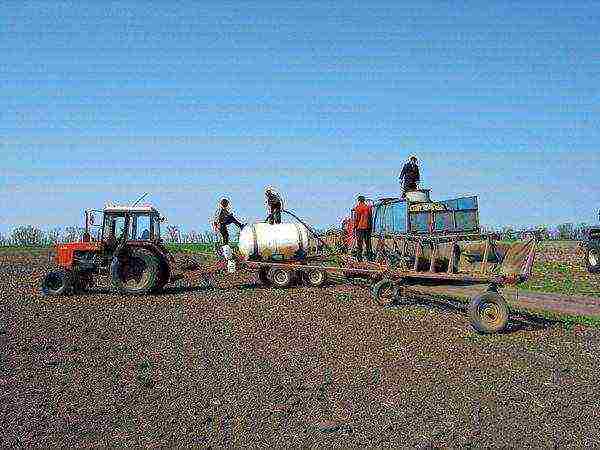
The basic agrotechnical rule of sunflower cultivation is the timely use of soil means.
Pre-emergence herbicide is applied to the soil layer harrowing or produced spraying with solution during sowing or before. The drug inhibits the growth of weeds, destroying cell metabolism.
You can name the proven, widely used tools:
- Harnes... Means of contact action. Destroys annual weeds. It is applied before germination. Consumption of 3 liters per hectare;
- Pioneer 900... The working component is acetochlor. Before the sprouts appear, the soil is treated with a solution. It quickly decomposes, having time to give a positive result for the destruction of shepherd's purse, starlet, chicken millet, field coryza, chamomile;
- Dual Gold, Gezagard 50, Prometrin... Means Nitran and Treflan destroy cereal and dicotyledonous weeds, but do not affect field mustard, cable car, ragweed. These preparations work well in combination with Gezagard 50. Herbicides are embedded in the soil by cultivators.
- Harnes
- Dual Gold
- Gezagard
Postemergence
Postemergence herbicides are also called safety... Their destructive effect is to block the synthesis of amino acids in weeds.
Drugs destroy cereal, dicotyledonous weeds: flat fish, chicken millet, millet, sorghum, small-flowered galinsoga, wild radish, dope, purslane, broomrape.
In the form of release, the agent can be a concentrated emulsion or in the form of water-soluble granules.
The herbicide is sprayed over the crops of sunflowers during the period when the shoots of weeds have reached a height 10 - 12 cm, have 3-4 leaves. The tool works selectively, eliminating weeds, preventing its re-growth.
Proven means are considered Beckard 125 KE, Fuzilad Super, Poast, Furore Super.
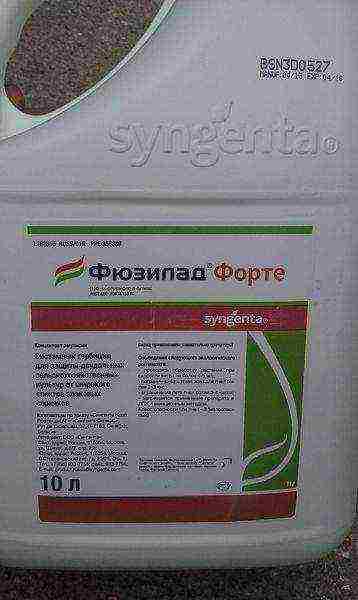
Components of drugs
They are united by the active components that are included in the composition in different variations and proportions:
- Hizalofop-P-ethyl... Acts selectively on weeds. The full effect is given in 7-12 days. Combines with preparations for the destruction of monocotyledonous and dicotyledonous weeds. He himself effectively fights monocotyledonous herbs.
- Tribenuron-methyl... Acts selectively, especially effectively copes with broadleaf grass, poppy, radish and many different weeds. Easily washed off during rain, watering. Does not conflict with fungicides, insecticides. Finds application as a postemergence drug.
- Metolachlor... Acts selectively, low toxicity. Pre-emergence and post-emergence preparation against mono-dicotyledonous weeds, chamomile, purslane, galensoga.
- Quizalofop-P-tefuril... The drug is selective for the control of annual, perennial weeds, such as wheatgrass, sorghum.
- Imazethapyr... Present in systemic herbicides. Selective impact. Copes with broomrape well and quickly.
- Terbutylazine... Low toxicity for pollinating insects. Works as a contact soil herbicide. Fights ambrosia.
Golden rules of agricultural technology
It is clear that an important criterion for obtaining a high yield of sunflowers is comprehensive weed control.
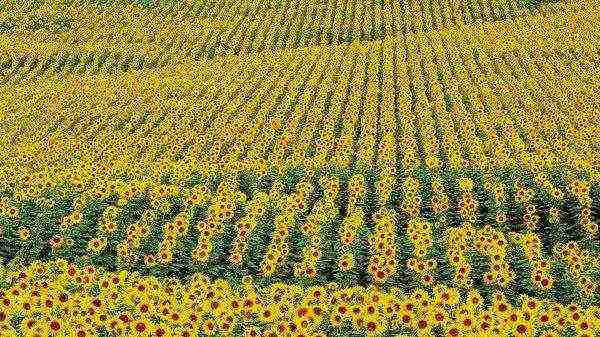
For competent work with herbicides, experts recommend adhering to the following rules:
- To study the characteristics of sown areas, types of weeds. Soil preparations are usually used in fields with annual weeds.
- Define soil type... The concentration and duration of action of the drug depends on:
- particle size distribution, clay, silt require a high content of active ingredients;
- the pH of the soil, the lower it is, the higher the rate of decomposition of substances;
- the level of moisture and organic matter, fertile soils require more active substances;
- signs of the drug itself, the degree of solubility, the period of disintegration.
- Right prepare the area for sowing... It should contain a minimum amount of plant residues for effective work with soil herbicides.
- Check out the weather forecast... Long-term experience of specialists has shown that the decisive factor in the effectiveness of a soil herbicide is the binding of the preparation with soil moisture or precipitation within a period of no more than 20 hours from the moment of application. The moisture of the arable layer determines the behavior of the herbicide and affects the preservation of the yield up to 30% of the planned one.
- Follow quality of processing, accuracy of adherence to instructions. The air temperature should ideally be from +10 to 25 degrees, the wind speed is less than 4 m per second. The equipment must be in good working order, the sprayer must be adjusted.
Simple methods of mechanical soil cultivation (harrowing, inter-row loosening) are not able to provide capital protection of crops from weeds. An alternative to herbicidal preparations has not yet been invented; they help to preserve and obtain a consistently high yield of sunflowers.
